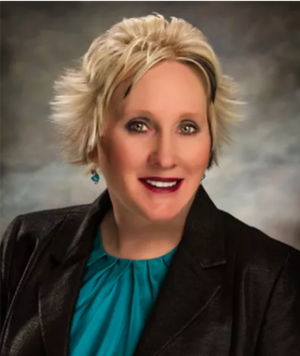Appearance and Symptoms: Redness, greasy scale in the “seborrheic areas” which include the eyebrows and the space between them, the grooves beside the nose, around the ears, in the scalp and sometimes on the central chest or central upper back. Dandruff may be noticed in the scalp or eyebrows. While some of the areas mentioned are usually involved in anyone with seborrheic dermatitis, any facial area is likely to be involved, and just about any area of the skin can be involved in unusual cases. The condition is likely to last a very long time, with unpredictable remission and relapse, and there is no “cure.” It is EXTREMELY common.
Cause: The cause of seborrheic dermatitis is not known, although several partial explanations have been proposed. Theories about cause include a reaction to a yeast that lives on sebum (the most widely accepted explanation), reaction to sebum itself, reaction to bacteria, nerve abnormalities. Although the cause is not understood, there are many things that are widely felt to make seborrheic dermatitis worse: stress, wintertime, strokes, immunodeficiency (like AIDS), Parkinson’s disease, and some medications.
Treatment of the face
- Mild steroid creams. These work quickly and are preferred by many patients and doctors. For truly mild steroid creams (like over the counter hydrocortisone) the risk of using these is very, very slight, but steroids can cause problems if the skin becomes “addicted” to them, and can result in a red, pimply rash. This is a real problem when stronger steroid creams are used on the face.
- Antifungal creams. Ketoconazole cream is most commonly used. No problems with damage to the skin, but I don’t find it quite as reliable.
- AVOID trying to “wash” it off: vigorous cleaning with soap is likely to make the problem worse. Use gentle cleansers (Cetaphil cleanser, DelClens are examples) and do not scrub! Cleansing once or twice daily is plenty.
- Sun exposure initially can exacerbate seborrheic dermatitis, then generally leads to improvement--but keep in mind that you pay for that in the long run with increased aging of the skin and skin cancer risk!
Treatment of the scalp
- Dandruff Shampoos! Shampoos with zinc pyrithione, selenium sulfide, ketoconazole, tar or salicylic acid help. For the most benefit, you have to lather up, then let it sit for several minutes before rinsing out. Most people need to do this at least 2 or 3 times a week.
- Steroid Solutions. These are commonly prescribed, and work very quickly. Topical steroids are safer to use on the scalp than they are on the face.
